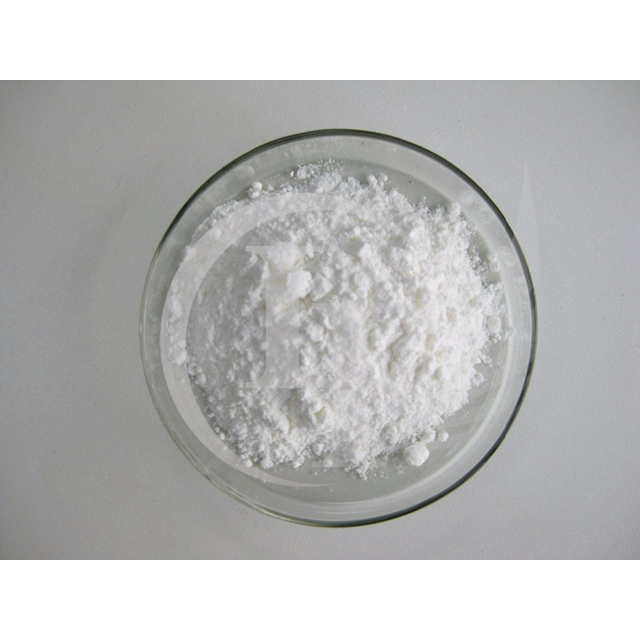In nature, sodium deoxycholate, which is referred to as a "secondary bile acid", is produced in the intestine from the salts of glycocholic and taurocholic acid (see cholic acid ) by the action of bacterial enzymes. Less than half of the sodium deoxycholate is absorbed by the intestine and is returned the liver where it is conjugated and released into the gall bladder.
Sodium deoxycholate is extracted from cattle bile(also known as "bovine bile" or "ox bile") , which is a by-product of the meat processing industry, in a high temperature alkaline process.
Function:
(1) Historically sodium deoxycholate was used as an intermediate for the production of corticosteroids, which have anti-inflammatory indications.
(2) It is used in the preparation and formulation of certain microbiological diagnostic media.
(3) An emerging use of sodium deoxycholate acid is as a biological detergent to lyse cells and solubilise cellular and membrane components.
(4) Popular anionic, bile-acid detergent for many laboratory uses
(5) Effective in disrupting and dissociating many types of protein interaction
(6) Useful for elution or regeneration of certain kinds of affinity columns
(7) It is most frequently used as a component of cell lysis buffers (e.g., RIPA buffer), but also has been used for liposome preparation, isolation of membrane proteins and lipids, preventing nonspecific binding in affinity chromatography and a cell culture media supplement.



